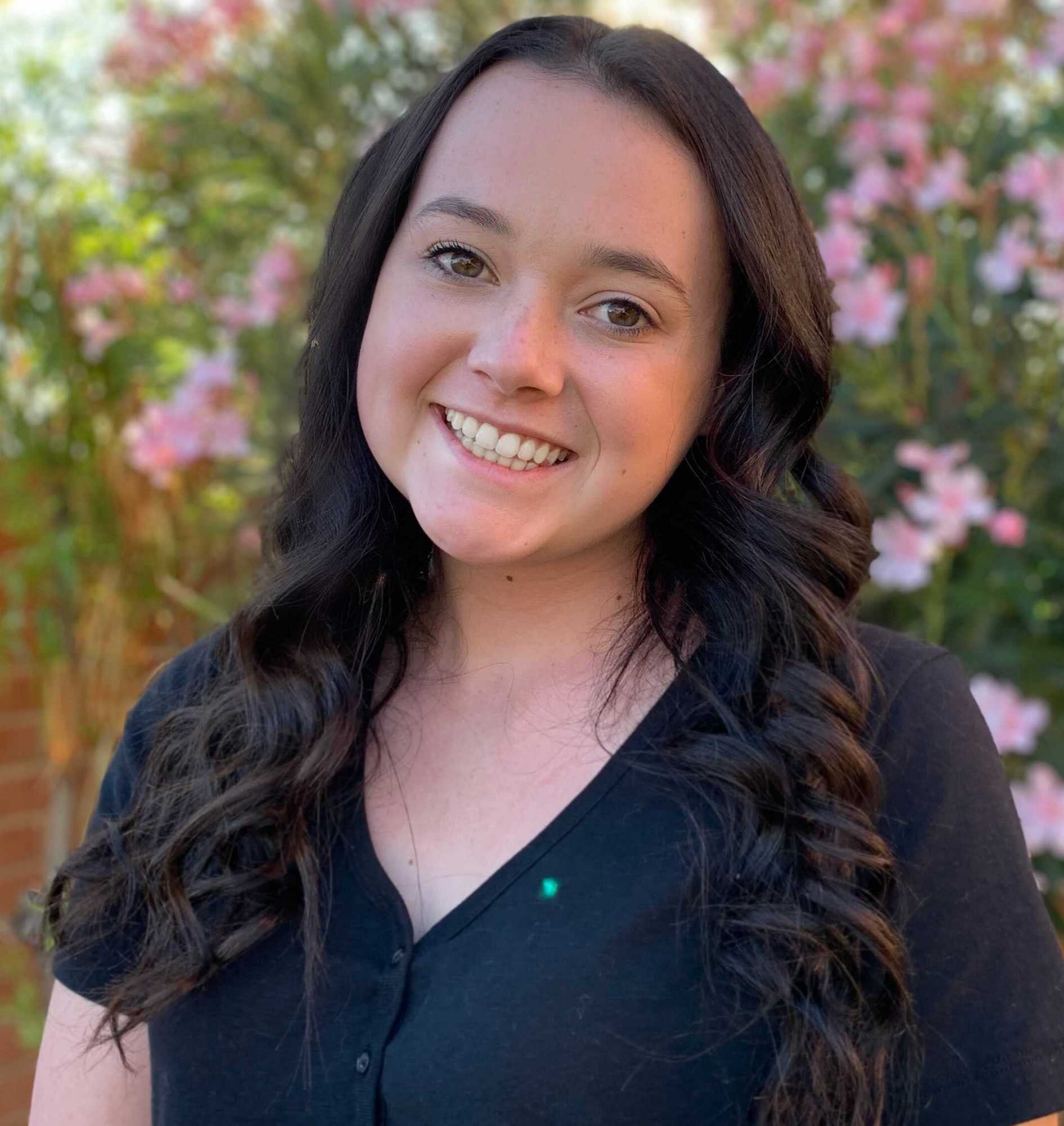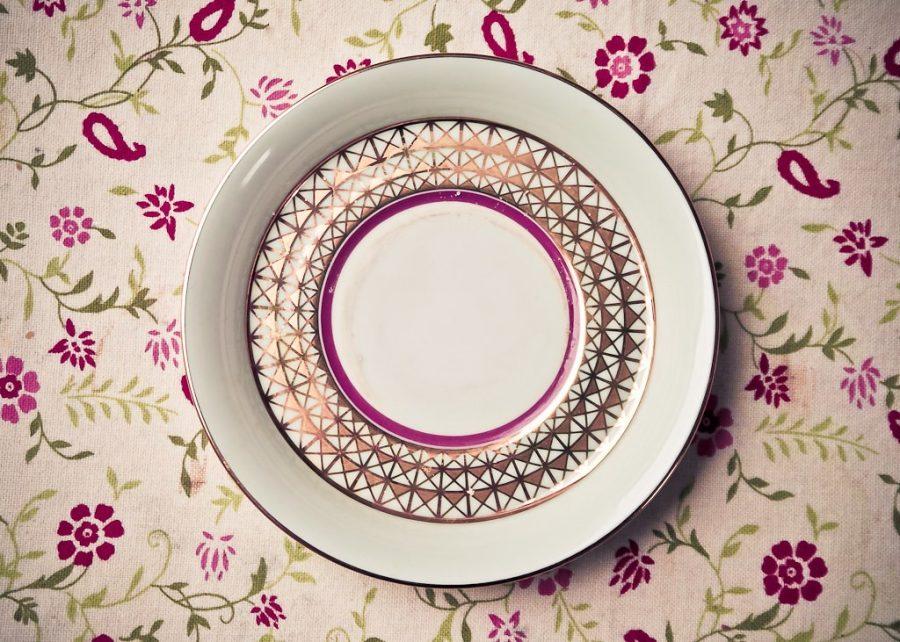The body positivity movement is changing the climate on the popular video sharing app TikTok, but many have been left wondering if the movement is doing more harm than good.
During the first few months of quarantine this summer, many TikTok users were disturbed by the harmful content they were seeing on their feeds — or as TikTok calls it, the “for you page.” For you pages that had been full of dancing and lighthearted comedy were now inundated with body checking — an unhealthy practice that can lead to eating disorders— and “what I eat in a day” videos, showing a diet incapable of sustaining a human. This content promoting unhealthy habits and mindsets proved to be very harmful to those who were receiving it. The comment sections on these videos were even worse. Oftentimes, there were comments congratulating a person on their disordered eating habits, saying how much willpower they have or expressing how badly they want to lose weight. The habits that were being spread and taught on TikTok that had been geared towards young viewers were giving people a step-by-step guide to obtaining an eating disorder.
RELATED: OPINION: New Year’s resolutions stemming from toxic diet culture have to end
The lack of filters on TikTok allowed creators to promote the ways that they had been losing weight whether or not it was healthy. The community of people glamorizing eating disorders grew rapidly. The app was no longer a safe place for impressionable children or those who struggled with their body image.
Seeing the toxicity that was spreading, many creators began to use their large platforms to create and participate in trends that combat this harmful content. One trend that went viral was the posed versus unposed challenge. The creator would pose for the first half of the video and then for the second half, they would relax. This challenge aimed to show that most of what you see on social media is posed and unrealistic beauty standards. This challenge set off a chain of others geared toward making it known that not everyone on social media has the same body. Other trends, such as the “BodyOdy” challenge, encouraged people of all sizes to dance to show people that not everyone’s body is the same.
The Backlash the Body Positivity Movement Receives
The body positivity movement has taken over TikTok and helped many struggling with their body image. Despite this, many are upset over the exclusive nature of the movement. Who does the movement include? Does the movement involve those with deformities or people who are underweight? Is the body positivity movement too exclusive?
To put a face on the issue of body image would completely counteract the entire purpose of the movement. Anyone who has a body should be included in this movement, but, as of now, many people feel left out of the movement.
Over time, the representation in the movement has decreased and fewer and fewer people can find something that empowers them in the content coming out of it. It is very common to see body positive influencers who are female, white and mid-sized (sizes 10-14). This standard influencer is not representative of the population and many people feel like the movement has left them behind.
The body positive movement can also be tough to maintain and it is not realistic for young people to follow. The idea behind body positivity is that people are comfortable and feel positive about their bodies. For people struggling with their mental health, this is often a lot more complicated. Body Dysmorphic Disorder and other mental illnesses can make it nearly impossible for one to feel positive about their body, but the movement didn’t seem to recognize this.
RELATED: The perils of unregulated skincare
Where Body Acceptance Comes in
Body acceptance does not rely on comparison and images, but rather a mindset about accepting your body for what it is. This means recognizing your flaws and what you don’t like about your body, and working to accept them. Unlike the body positivity movement, the body acceptance movement encourages people to appreciate their body for what it does for them and accept how it looks at the same time. The body positivity movement places a major emphasis on looks and, due to the lack of diversity in the movement, this can exclude some people from feeling welcome. Because the body acceptance movement focusses on appreciation and a positive mindset rather than looks, everyone, regardless of gender, race or size, can feel as though they are included in this movement. Body acceptance is a much more realistic way to learn to love your body and all that it does to keep up with you and your life.
Follow Payton on Twitter

Payton Toomey (she/her) is a sophomore majoring in journalism and information sciences and esociety. She loves to cook and golf in her free time.









